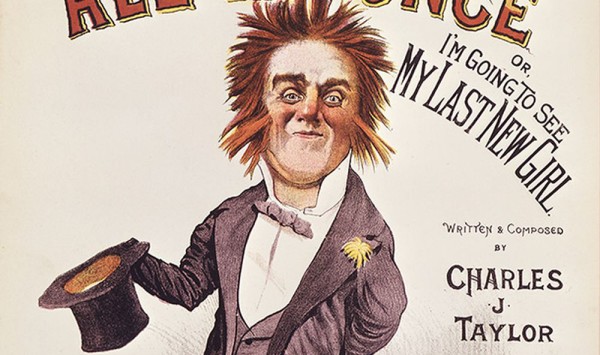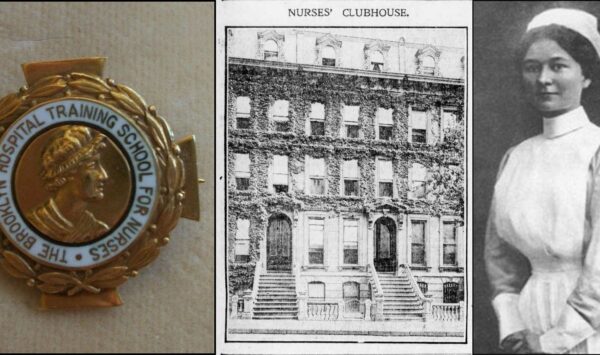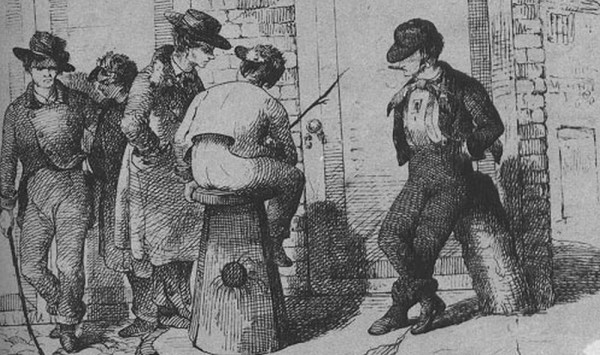THE LION COMIQUE OF 276 CARLTON AVE (1930)

******************************************************************************************************************************** Brownstone Detectives investigates the history of our clients’ homes. The story you are about to read was composed from research conducted in the course of one of those investigations. Do you know the history of YOUR house? ******************************************************************************************************************************** Fred Roberts was known in the “seventies” as one of the great comic singers of the variety show. He sang the topical and comic songs that were then popular, often making them well-known himself. Brought over from London by the legendary Harrigan & Hart, Roberts had been known in the English music halls as a “Lion Comique” – a music hall character that was the heart throb of the Victorian era, holding the same cult status as today’s boy bands. According to The Victorian Music Hall: Culture, Class and Conflict, the songs the lions comiques sang were “hymns of praise to the virtues of idleness, womanising and drinking.” In Roberts’ songs, he “deliberately distorted social reality for amusement and escapism.” One critic in the late 19th century remarked that the Lions Comiques were “men who set women just a little higher than their bottle.” Roberts was to be Harrigan & Hart’s answer to the popularity of the famous impresario, Tony Pastor. He soon had a string of hits that were “hummed and whistled around the town” from the 1870s through to the early 20th century when he retired. Roberts’ first song, “Oh, Fred, Tell Them to Stop,” was such a huge hit that he decided to stay in the U.S. and […]
THE CANUCK NURSES OF 172 LAFAYETTE (1909)

******************************************************************************************************************************** Brownstone Detectives investigates the history of our clients’ homes. The story you are about to read was composed from research conducted in the course of one of those investigations. Do you know the history of YOUR house? ******************************************************************************************************************************** During the late 19th century, when much of New York City’s brownstone stock was constructed, many of these townhouses were initially used as the clubhouses for any number of the organizations and clubs existent then. There were Republican and Democratic clubs, bicycling clubs, social clubs, actors’ guilds, athletic clubs, and countless other organizations dedicated to the betterment and/or pleasure of their memberships. Those clubs with the money and the membership were able to afford to purchase – or rent – a brownstone for the use of its membership. In 1909, at No. 172 Lafayette Avenue, a club for graduates of the “Brooklyn Hospital Training School for Nurses” – which was “always in reach of doctors” – was set up,” noted the Brooklyn Daily Eagle. The purpose of the club was as a social center and a business office for nurses, as well as a location where they could “entertain their friends.” The Nurses Club, only in existence for a “couple of years” by that point, had – in that short period of time – made “enviable progress.” Previously located at No. 255 Carlton avenue, it was not long before the capacity of that house was taxed to its limits. In 1909, the pressure became so great that this larger clubhouse on […]
THE HIPSTERS OF WARTIME FORT GREENE (1864)

******************************************************************************************************************************** Brownstone Detectives investigates the history of our clients’ homes. The story you are about to read was composed from research conducted in the course of one of those investigations. Do you know the history of YOUR house? ******************************************************************************************************************************** “I lean and loafe at my ease observing a spear of summer grass.” Walt Whitman wrote this line at the beginning of the poem that later became “Song of Myself.” Whitman was a self-styled loafer. And, in the mid-1800s, loaferism was not a very popular pastime – excepting, of course, with the loafers. Loafers, to bring the term into a modern day focus, were the rowdy hipsters of their times – non-conforming, proudly different, and not at all afraid to show it. “…(T)he age abounded in loafers. There were literary loafers, Yankee loafers, French loafers, genteel loafers, common loafers, and country loafers, among others…” noted Michael Zakim a paper entitled, The Business Clerk as Social Revolutionary; or, a Labor History of the Nonproducing Class. “(L)oaferism was essentially a metropolitan phenomenon,” he continued, “haunting the city’s sidewalks, wharves, museums, and parks, and serving as a ready epithet for anyone needing to hurl an insult.” And insults and rowdyism seemed to be what they did best. The newspapers are filled in ante- and post-bellum times of accounts of loafers, how bad they were, and what the good, upright, and moral citizens were to do about them. “Loafers were known for cursing without shame and for smoking cigars,” Zakim noted. “They cared little for […]